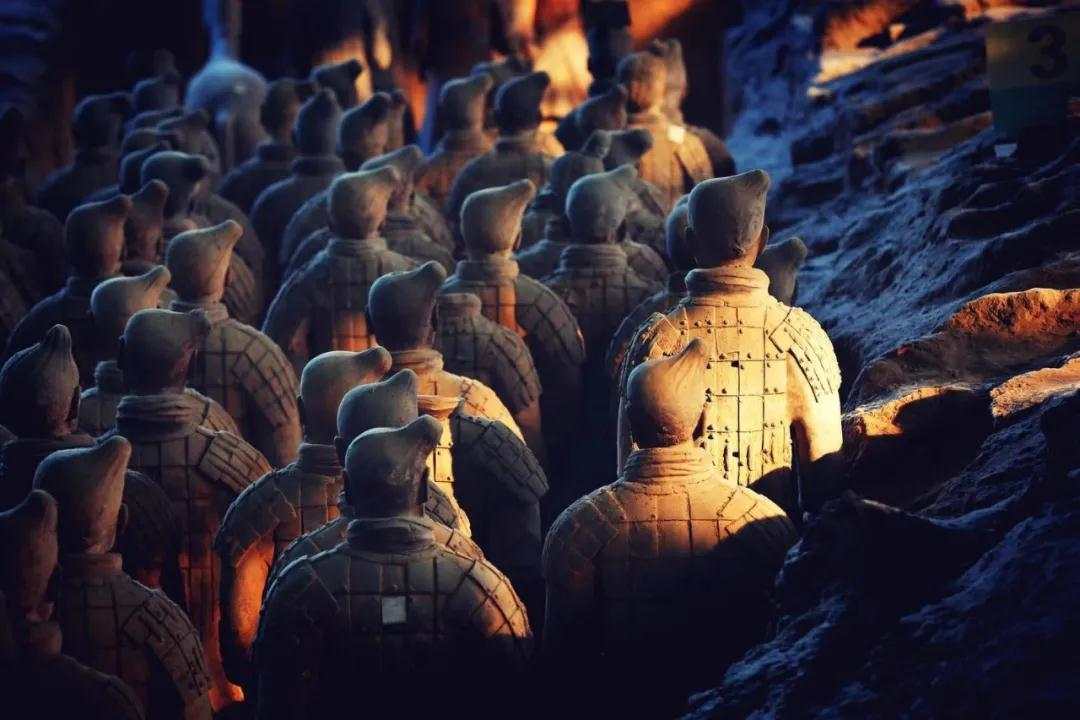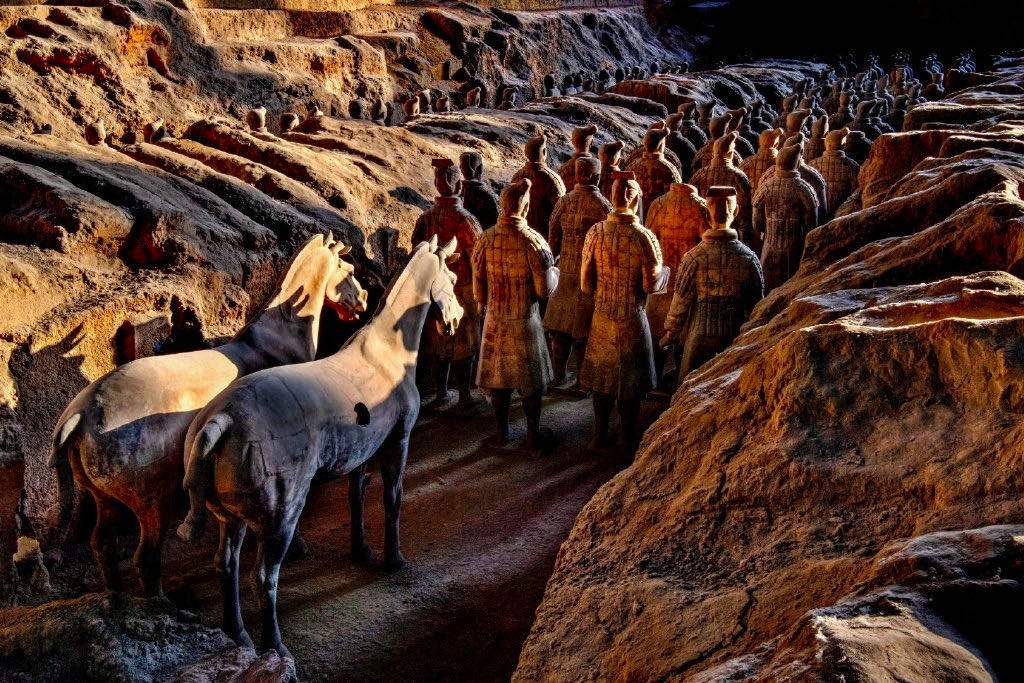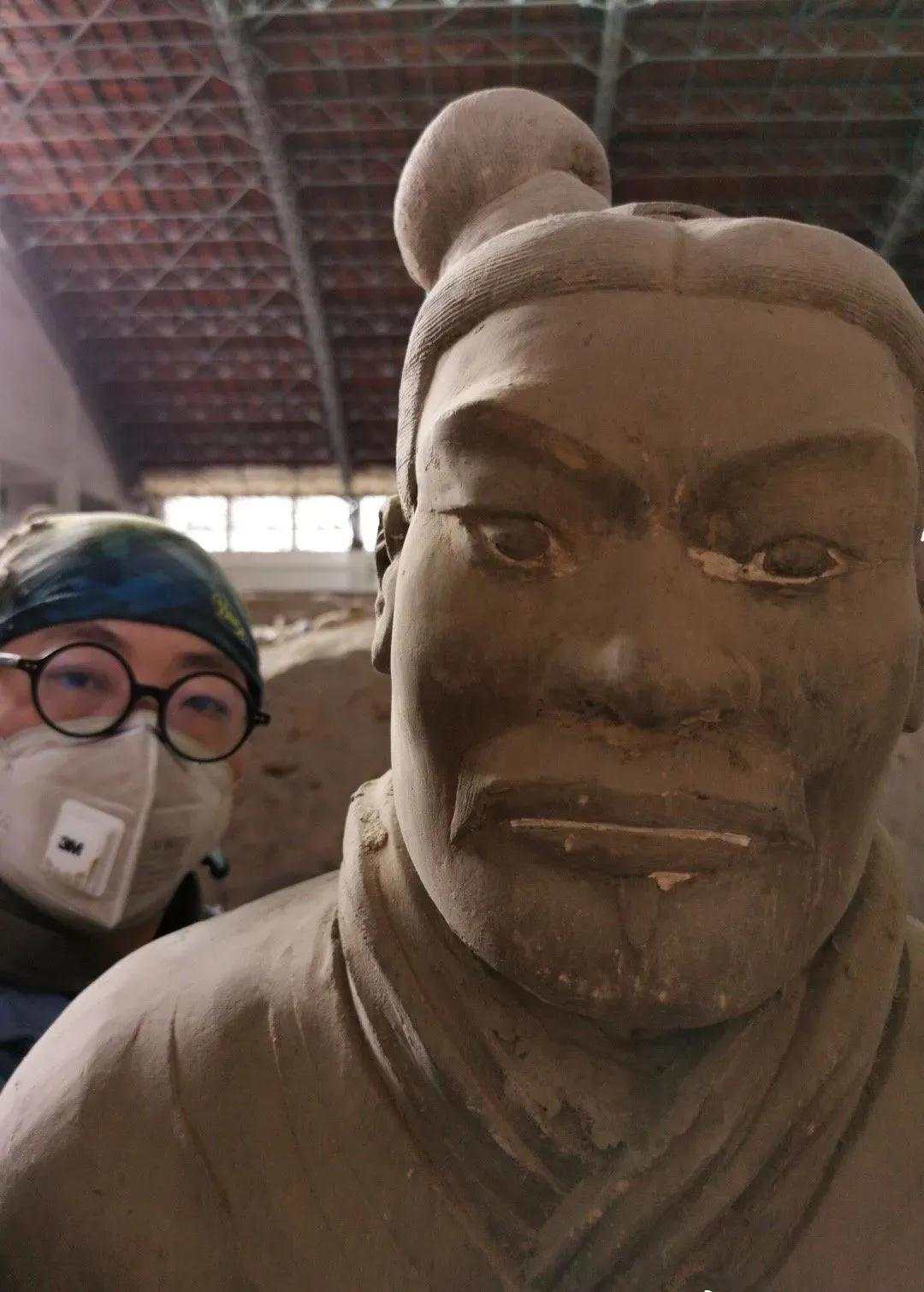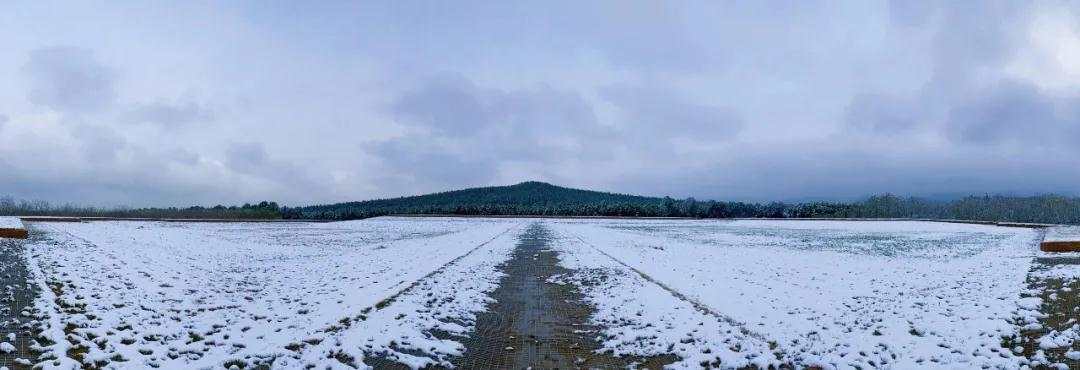

A man taking pictures for Terracotta warriors has become an internet sensation after sharing details of his job, saying it is the “best job in the world."

(Photo/China Media Group)
Photographer Zhao Zhen has taken portrait photos for 862 warrior figures of the Qin Dynasty (221 BC-206 BC) since 1997. With the pictures used to update files of the warriors, Zhao said his job is like taking photos for their ID cards.
“Sir, please hold on. Let me take more pictures for you!” Zhao said to the warriors when the best light came to pit No.1 at the Emperor Qinshihuang's Mausoleum Site Museum in Lintong, northwest China’s Shaanxi province.

(Photo/China Media Group)
Taking a shower and putting on a pair of soft-soled shoes, Zhao prepares carefully before getting into the pit. Usually, he stops eating one hour before work so that he doesn’t get distracted while working.
The distance between warrior figures in pit No.1 is only 30 to 40 centimeters. While taking pictures for them, photographers always wear tight outfits, even in winter, to make sure they don’t leave any scratches on the surface of the figures.
It takes Zhao at least one hour to take pictures of a warrior figure from different angles. Squatting, lying on the ground, and walking around the figure, he changes his gestures constantly so as to make sure all the details are captured.

(Photo/China Media Group)
After taking pictures for the 862 warrior figures, Zhao lost 6 kilograms of weight due to the great intensity of the job.
In his eyes, the 2,200-year-old warriors are “alive," especially when the grey warrior figures become colorful, bathed in the sunlight of late December. At that time of the year, he often waits in the pit for the magic moment to come between 2 p.m. and dusk. It’s worth waiting, he said.

(Photo/China Media Group)
Zhao once discovered fingerprints on the mustache and lower lip of a warrior figure left by the craftsman. At that moment, he felt as if the builder had just left the pit after finishing his work.
Zhao’s WeChat name is “guarder of the mausoleum site." He has been a frequent visitor of the site since his childhood. Back then, he always leaned on the fence encircling pit No. 1 while watching his father work.
When he became a photographer of the cultural relics, the museum became his second home.

(Photo/China Media Group)
Zhao has received a lot of support from his wife, who also calls him “guard of the mausoleum site." She is always ready to offer a hand to him when it is necessary. Unable to enter the pit, she sometimes watches her husband work from afar after running errands for him.
Zhao likes to take his wife for a walk around the mausoleum site at night. Shy as he is, he always wants to say to his wife that he is proud to take her to the place he guards and that he is doing a lifetime job protecting the mausoleum site and her.

(Photo/China Media Group)
Year after year, Zhao and his colleagues work silently toward the same direction. They are protecting the mausoleum site, as well as staying true to the original aspiration and dream of all cultural relic protection workers.
The photographer hopes that his lens could provide a window for the world to understand the majestic appearance and spirit of the terracotta army.

(Photo/China Media Group)

 Award-winning photos show poverty reduction achievements in NE China's Jilin province
Award-winning photos show poverty reduction achievements in NE China's Jilin province People dance to greet advent of New Year in Ameiqituo Town, Guizhou
People dance to greet advent of New Year in Ameiqituo Town, Guizhou Fire brigade in Shanghai holds group wedding
Fire brigade in Shanghai holds group wedding Tourists enjoy ice sculptures in Datan Town, north China
Tourists enjoy ice sculptures in Datan Town, north China Sunset scenery of Dayan Pagoda in Xi'an
Sunset scenery of Dayan Pagoda in Xi'an Tourists have fun at scenic spot in Nanlong Town, NW China
Tourists have fun at scenic spot in Nanlong Town, NW China Harbin attracts tourists by making best use of ice in winter
Harbin attracts tourists by making best use of ice in winter In pics: FIS Alpine Ski Women's World Cup Slalom
In pics: FIS Alpine Ski Women's World Cup Slalom Black-necked cranes rest at reservoir in Lhunzhub County, Lhasa
Black-necked cranes rest at reservoir in Lhunzhub County, Lhasa China's FAST telescope will be available to foreign scientists in April
China's FAST telescope will be available to foreign scientists in April